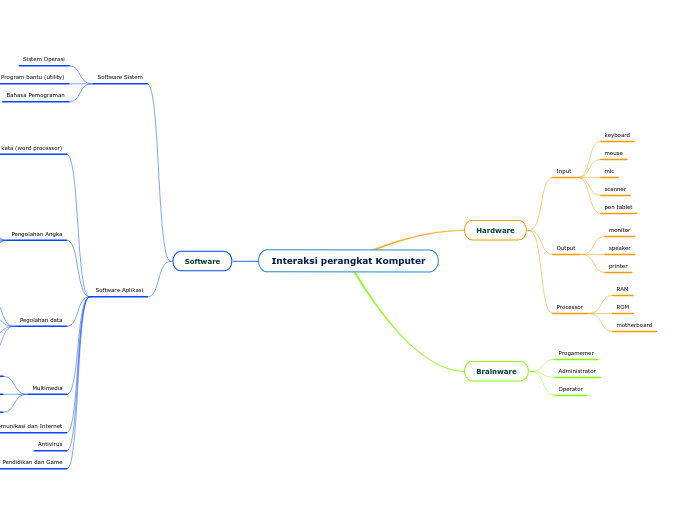Geog 2
Data Presentation
Isoline
Rose Diagram
Shows cyclical patterns
cars flowing in and out of the city
OS Maps
Describe settlement form, function and land use
Settlement forms
CBD
Inner city
people likely to be working in the CBD
high rise
little green space
terraced housing
high population density
likely to be a lot of transport
main roads
suburbs
offroad parking
houses with garden
smaller population density
higher house price
transport links for commuters
nicer houses
rural urban fringe
Smaller settlements outside of cities
still access city but big longer, slightly less services
rural
`
Dispersed
Is where the buildings are spread out and is often found in upland areas
Nucleated
Is where a lot of buildings are grouped together and is often found in lowland areas
Linear
a linear settlement pattern is where the buildings are built in lines and is often found on steep hillsides.
Interpret Contours
Scale
Grid references
Photographs
Can do basic risk assessment
could be out of date
different time of day also
Does not show quantitative data
Qualitative Data
Triangular
comment on what it shows
hard
target characteristics
always a percentage of the same thing, check they add up to 100
if one is far away, could be an anomaly or explain the difference
if dots close together, similar characteristics
Used for representing different types of data
very useful for when 3 sets of data involved
Logarithmic
Cannot show negative data as well as the positive values
Zero cannot be plotted
Difficult to analyse
Easy to make errors plotting
Increased data for smaller values
Useful for plotting rates of change
Wide data range can be displayed
Tillingbourne
Summary of findings
Measured?
Hydraulic Radius
0.2 to 0.8
Gradient
3 degrees to 0.4 degrees
How did it change?
0.21m/s to 0.38m/s
Does conclusion match theory?
How can we improve?
Have more groups take more data from more sites and share
as greater sample size
Primary Data
Increase the amount of sites taken data from
make more statistically significant
reduce impact of outliers and anomolies
Increase amount of data taken at each site
get more accurate averages etc
reduce impact of outliers
HOWEVER AIM FULFILLED
to investigate etc
Data does not completely agree
Therefore not statistically significant
Needs more data samples
Critical value 1
Gradient only 70% significant
Veloicty only 85% significant
As velocity increases so does erosion (lateral erosion atleast)
Explained by increasing channel width
Presentation + Analysis
Shows that data does match Bradshaws model
As distance increases so does velocity and hydraulic radius
Bradshaws model
characteristics change tc
Scatter Graphs
Solution?
Test each scatter against spearmans rank
Disadvantage
TEMPTATION
to create a best fit line that agres with bradshaws even if may not be right
can invalidate research and lead to false conclusion
Spoilt by outliers and anomolies
uncertainty whether trend is fit enough for best fit line
uncertainty
shows max, min
Line of best fit
Shows correlation and trend between data sets
Give a good general view of the correlation between two sets of data
Method of Recording data
Better Method?
Electronic flow meter
Often impellor gets clogged by weeds and silt
Easily movable and assembled
More Accurate
Quick and Easy
Squash Ball
ball slowed down by wind, river bank, reeds, sticks
Sits mostly in water, so should give good impression of velocity
ICT Skills
Subtopic
Spearmans Rank
5 parts of data
Needed 0.80 to be statistically significant
0.77 so not statistically significant yet
Need more samples in order to draw a full conclusion
Offers no explanation for pattern shown
Need a large sample size in order to gain accurate results
Shows correlation
Rs= 0.72= strong positive relationship
Matches line of best fit that showed +ve correlation between velocity and distance downstream
Critical values are very reliable and accessible
Allows to use result to draw to a conclusion
Quick to perform as a statistical test
Allows for comparison of data sets (in terms of significance)
Possible to negate chance as a factor for the trends shown
Test of Significance of Data
Secondary Data
Disadvantages
TIME
time context of secondary data is unknown
Could be incompatible as sets of data is effectively a different stream
Therefore hydraulic radius, velocity, base level may have been different
Advantages
Increased Sample Size
And data can be analysed in the same way
So data sets are very comparable
Focused on same factors of channel characteristics
Source of information taken from other groups that shared locational and theoretical context
Risk Assessment
Mitigation Procedure
Multiplication
If multiple of risk and likelihood was above a certain number then judgement was made as to whether the site is appropriate for recording data
3 Steps
IMPACT+SEVERITY
taken into account if occurred
CHANCE
of occurrence of risks (1-10)
RECOGNITION
listed every potential risk of practical
Minimise risk
avoid WEILS disease by not drink or eating near river
Severity and likelihood rating 1-10 based on locational context
Theoretical Context
Bradshaws Model
Source to mouth: channel characteristics and morphology change
Velocity, Hydraulic Radius increasing
Gradient Decreasing
Locational Context
Accessible
All sites within 30 min drive from school
Open and relatively public areas.
Highest River in Southern England
Good for challenging the THEORETICAL CONTEXT
Aim
Investigate the changes in the channel characteristics along the River Tillingbourne from Source to mouth and confirm the application of Bradshaws Model of fluvial dynamics, with particular reference to velocity.
Why?
The aim creates a Locational and Theoretical context
Sites
Site 4
Abinger Hammer
Shere
0.38m/s
7.2km
Site 3
Crossway Farm
0.31
4.6km
Site 2
Wotton House
0.66
3.3km
Site 1
Site Name
Friday Street
Velocity
0.21
Distance Downstream
1.95km









